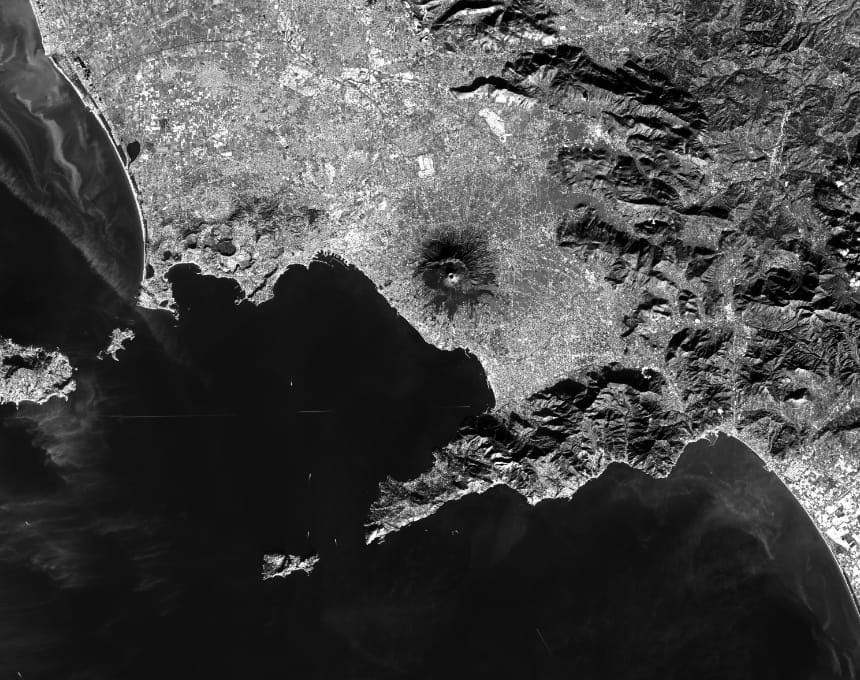SoftBank Invests in Sceye to Accelerate Stratospheric Telecom and Disaster Resilience
Sceye, a U.S.-based aerospace firm developing high-altitude platform systems (HAPS), has secured a strategic investment from SoftBank Corp. as part of its Series C funding round. The move aligns SoftBank with Sceye’s vision of using stratospheric platforms to fill critical infrastructure gaps in connectivity and disaster response.
The investment includes a pre-commercial flight scheduled for Japan in 2026 and marks a deeper push by SoftBank into non-terrestrial networks. The telecom giant has been investing in HAPS technologies since 2017 and sees stratospheric platforms as a key component of future 6G infrastructure. Unlike traditional mobile networks designed for two-dimensional coverage, HAPS introduces a three-dimensional model—offering direct support for UAVs, drones, and real-time environmental data collection.
Sceye’s systems operate in the stratosphere, offering extended time-on-station over specific regions—capabilities demonstrated in a 2024 flight that maintained position above a single area for over 24 hours. That breakthrough was central to SoftBank’s decision, confirming that Sceye’s platform could deliver reliable, geostationary-like performance without the latency and expense of satellites.
The 2026 Japan pilot will focus on two key applications: restoring communication in the wake of large-scale disasters and extending coverage to mountainous and remote island regions. With faster deployment, lower latency, and greater bandwidth than satellite systems, HAPS could become a core tool for national resilience.
“SoftBank brings deep experience in non-terrestrial connectivity and shares our belief that the stratosphere is the next critical layer of infrastructure,” said Sceye CEO Mikkel Vestergaard Frandsen.
The collaboration positions Sceye as a global player in next-gen telecom, especially in the emerging space between ground-based and orbital systems. As geopolitical and climate disruptions continue to test the limits of traditional infrastructure, demand for flexible, rapidly deployable platforms like HAPS is rising.


